Market Trends
Key Emerging Trends in the Europe low carbon hydrogen market
In the rapidly evolving landscape of the Europe low-carbon hydrogen market, companies employ strategic market share positioning strategies to establish a strong presence and gain a competitive advantage. Diversification of hydrogen production methods is a key strategy, involving investments in various low-carbon technologies such as electrolysis, biomass, and pyrolysis. By participating in multiple aspects of the low-carbon hydrogen value chain, companies can adapt to changing market dynamics, reduce risks associated with specific technologies, and enhance their overall market share.
Strategic partnerships and collaborations play a pivotal role in market share positioning. Companies forge alliances with technology providers, energy suppliers, and research institutions to leverage collective expertise and resources. Collaborative ventures facilitate knowledge exchange, technological advancements, and joint projects that accelerate the development of low-carbon hydrogen initiatives. Establishing strong partnerships enhances a company's competitive position, allowing them to secure larger projects and expand their market share in the burgeoning low-carbon hydrogen sector.
Government policies and regulatory alignment are crucial elements in market share positioning strategies. Companies strategically align themselves with national and European policies promoting the development of a hydrogen economy. Adherence to regulations, subsidies, and incentives enables companies to navigate the complex regulatory landscape, ensuring compliance with sustainability goals and securing a favorable market position. Alignment with government objectives enhances a company's credibility and attractiveness to investors, supporting its efforts to capture a substantial market share.
Innovations in low-carbon hydrogen production technologies are central to market share positioning. Companies invest in research and development to enhance the efficiency and cost-effectiveness of their hydrogen production methods. Advancements in electrolysers, catalysts, and other components of hydrogen production systems contribute to competitive differentiation. By offering cutting-edge and efficient solutions, companies position themselves as industry leaders, attracting more projects and solidifying their market share in the dynamic low-carbon hydrogen market.
Marketing and branding strategies that highlight sustainability and environmental stewardship are key components of market share positioning. Establishing a strong brand identity as a provider of low-carbon hydrogen reinforces a company's commitment to a cleaner energy future. Effective communication of environmental benefits and a focus on corporate social responsibility (CSR) initiatives enhance public perception and attract customers, investors, and partners, thereby supporting a company's market share expansion.
Efficient project execution and scaling capabilities are critical market share positioning strategies. Companies streamline their project development processes, ensuring timely and cost-effective implementation of low-carbon hydrogen projects. The ability to bring projects online efficiently allows companies to capitalize on market opportunities, secure more contracts, and expand their market share rapidly. Scalability is particularly important in meeting the increasing demand for low-carbon hydrogen and gaining a competitive edge in the evolving market.
Technological advancements in hydrogen storage and transportation solutions also contribute to market share positioning. Companies investing in innovative storage and distribution technologies enhance their ability to provide reliable and flexible low-carbon hydrogen supply. Efficient storage solutions, such as advanced compression and liquefaction methods, enable companies to offer grid stability services and cater to diverse end-users, further strengthening their market share in the low-carbon hydrogen market.
Strategies focusing on international collaboration and market expansion are becoming increasingly important. Companies seeking to enhance their market share actively engage in cross-border partnerships, export initiatives, and global market penetration. By positioning themselves as key players in the international low-carbon hydrogen arena, companies can access new markets, diversify revenue streams, and solidify their standing as leading contributors to the global hydrogen economy.
In conclusion, market share positioning strategies in the Europe low-carbon hydrogen market encompass a comprehensive and multifaceted approach. Diversification, strategic collaborations, alignment with regulatory frameworks, investments in R&D, sustainability-focused branding, efficient project execution, technological innovations, and global market expansion collectively contribute to a company's competitive positioning. As the low-carbon hydrogen market continues to gain momentum as a key enabler of a sustainable energy transition, companies implementing effective strategies are well-positioned to capture significant market share and play a pivotal role in shaping the future of low-carbon hydrogen in Europe.

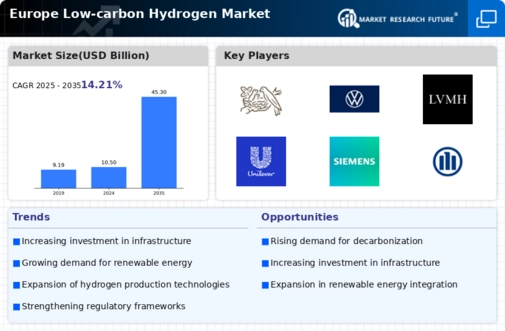
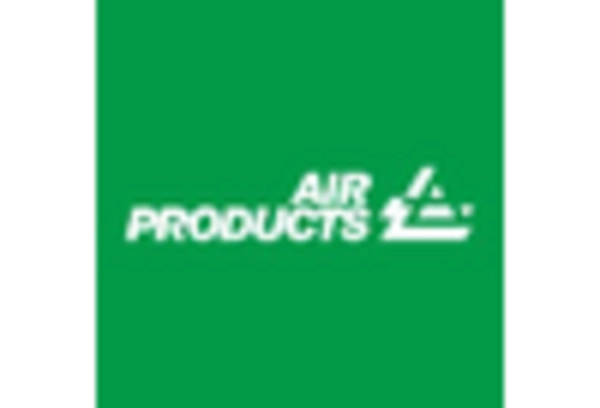
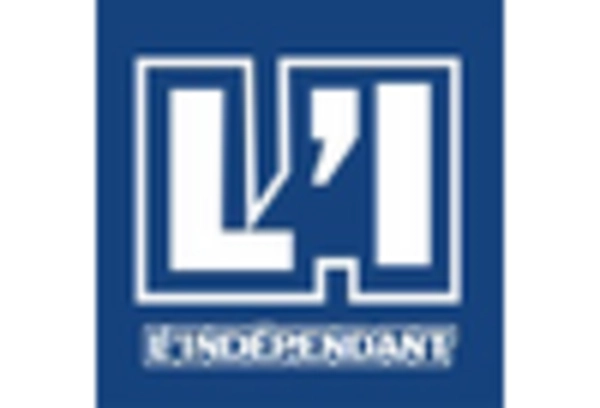
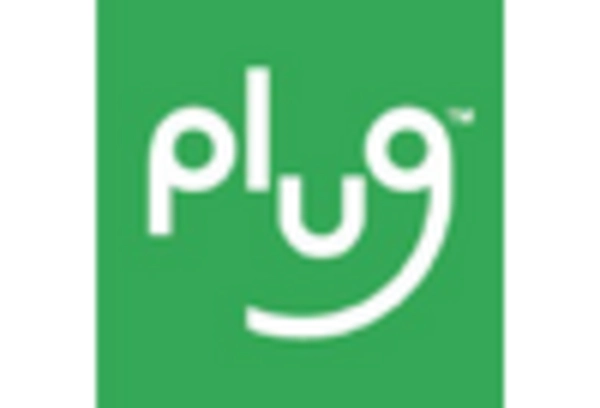
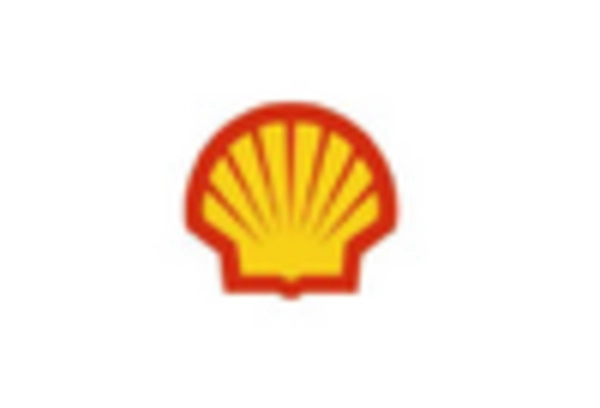
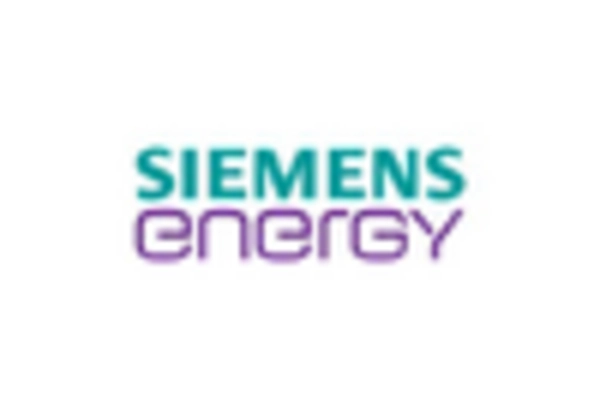










Leave a Comment